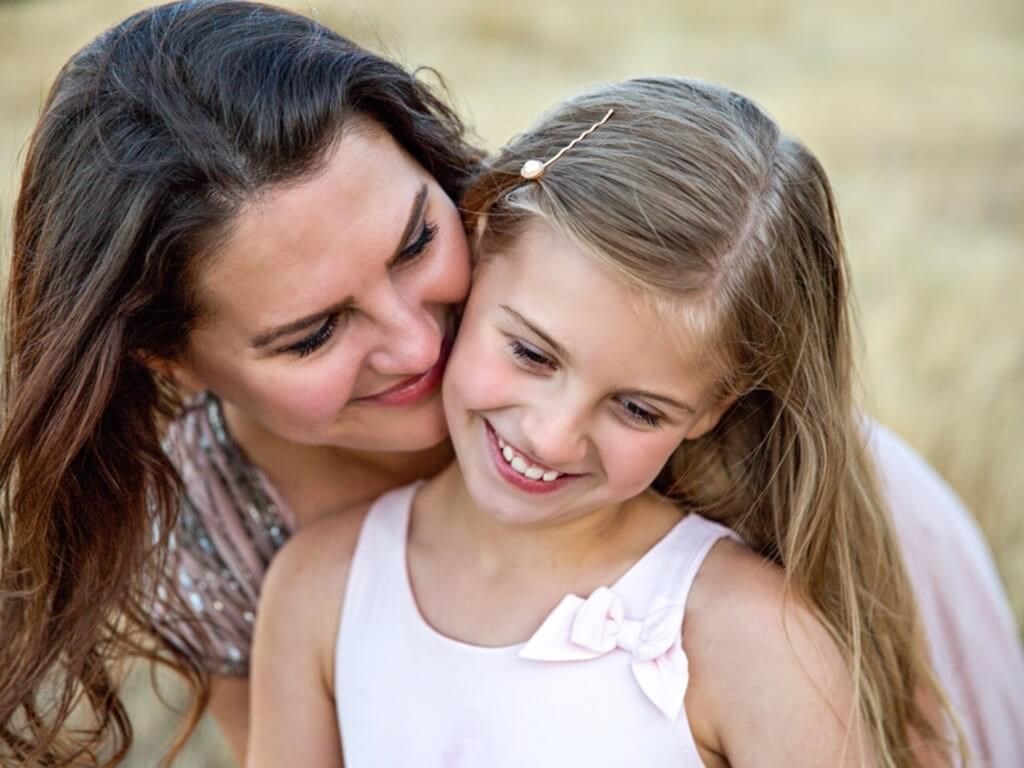Being the non-genetic parent: 5 tips for donor-conceived families
Get practical insights on how to navigate the role of being the non-genetic parent in a donor-conceived family.

If you and your partner have decided to use a sperm donor to help becoming a family, one of you won’t be the genetic parent of your child. Stepping into this role can bring up a mix of emotions from excitement to uncertainty. An important thing to have in mind is that parenthood runs deeper than DNA. It’s about being emotionally supportive, fully present and actively involved in a child’s life.
This guide will give you practical tips and insights for stepping into the role of a non-genetic parent. We'll focus on building a strong bond with your child, maintaining open communication with your partner, and creating a positive, supportive environment for your family.
Tip #1: Redefining parenthood
In society, family is often associated with biology. But family forms are constantly changing which leaves parenthood in a transformative role as well. If you're the non-genetic parent, it's important to remember that being a parent is much more than a matter of DNA. It's a role that is built on love, intention and commitment, and it grows with every moment you spend nurturing and caring for your child.
A tip for you and your partner is to align on what parenthood means to each of you. Open conversations about your roles and expectations can lay a solid foundation for your journey as a family. Many couples find that setting shared goals for parenting and defining each person’s involvement can be incredibly reassuring. If you’re the non-genetic parent, it’s natural to have thoughts about bonding with your child – especially when society tends to emphasise the biological connection.
Redefining parenthood means focusing on what you give, not what you share biologically. Remember that family is about love and commitment.
Tip #2: Creating a bond
One of the most meaningful parts of being a parent is building a bond with your child. By engaging actively from the start, you lay the groundwork for a deep relationship.
For non-genetic parents, it can be good idea to find ways to be involved during the pregnancy. Attending doctor’s appointments, preparing the nursery and joining your partner in any routines can make the experience feel more shared and tangible.
When your baby arrives, take advantage of everyday opportunities to bond - whether it's feeding, soothing or helping with nighttime wake-ups. Physical closeness is powerful in these early stages, so holding and talking to your baby builds familiarity and trust. Cuddling your baby on your chest can be incredibly nurturing for both of you.
As your child grows, create special routines and traditions that are unique to you. It could be as simple as reading a bedtime story every night, taking a morning walk together or having a weekend breakfast ritual. These shared activities provide a sense of stability and familiarity, strengthening your bond over time. Remember, it’s the consistency and care you bring to these moments that form the foundation of your relationship. Family is created through the bonds you build, not the genes you share.
Tip #3: Supporting your child’s identity and understanding of family
As a non-genetic parent, a clear, positive sense of identity and belonging within your family is one of the most important gifts you can give your child. This includes creating an environment where your child knows and feels comfortable with his or her unique story and is completely secure in your love and commitment to him or her.
One way to support your child's identity is to introduce the concept of donor conception in an age-appropriate way. Experts generally recommend having open and honest conversations early on so that your child grows up knowing their family history. You can start by sharing simple, positive stories about how they came into the world, emphasising the love and intention that led to their conception. As they get older, you can adapt the story to their age and understanding.
Normalising your family structure in everyday conversations is another powerful way to strengthen your child's sense of belonging. Talk openly about the many ways families are formed, whether through adoption, donor conception or blended families. By showing the diversity of family forms, you can help your child see his or her story as one of many beautiful ways to be a family.
Tip #4: Open communication with your partner
It is normal for non-genetic parents to experience unique emotions, uncertainties or even insecurities along the way. That’s why it's important to create a space where you and your partner can discuss these feelings freely. Creating an open environment early on will help you navigate your journey as a team.
Start by talking about any concerns or expectations each of you may have about your parenting role. For example, if one partner has anxieties about bonding, discussing this openly can ease tensions and help both partners find constructive ways to support each other. It's also important to agree on shared parenting values - whether that's about discipline, family traditions or how you want to share your family's unique story with others. Agreeing on core values and approaches creates a consistent environment that helps your child feel safe and loved.
Another important aspect is normalising each other's feelings - whether it's joy, frustration or doubt. It is an essential part of creating a supportive partnership. Reassure each other that all feelings are valid and that working through them together will strengthen your relationship and your parenting bond. Acknowledging each other's strengths, contributions and vulnerabilities creates a deep mutual respect that your child will undoubtedly feel and benefit from.
Tip #5: Handling questions from others
As a non-genetic parent, you may find yourself dealing with curious questions or assumptions from others about your family structure. If the comments are intrusive or insensitive, it helps to be prepared with answers that protect your family's privacy. Establishing boundaries for these conversations will not only give you peace of mind but will also set a healthy example for your child as he or she grows up.
An effective way of doing this is to decide in advance what you're comfortable talking about. Some non-genetic parents find it helpful to have a few phrases to use to gently but firmly redirect conversations. For example, if someone asks, "So who's the real parent?" you might respond by saying something like, “We're both real parents, and we each play an important role in our child's life.” This kind of response keeps the focus on the love and unity of your family, rather than getting into the details of genetics.
It's also a good idea to prepare your child, especially as they get older, for possible questions. Help them to understand that family structures vary widely and that their story is unique. Teaching them simple, confident answers to questions about their family can empower them and reduce any sense of confusion or vulnerability they may feel.
Finally, remember that you don't have to answer every question. Some may feel invasive or unnecessary and it's OK to politely decline.
Get more support
Becoming a donor-conceived family is a process full of joys, challenges and rewards. And being the non-genetic parent in this scenario comes with its own set of emotions. Remember, it's the small, everyday moments that truly define parenthood, and you have a unique opportunity to show your child that family is defined by commitment and presence. If you would like to know more about how we support donor-conceived families, you can read about the resources we offer.
Read more
 Life as a parent
Life as a parentTelling Your Child That They're Donor-Conceived: The Full Guide to Parents
Do you wonder when and how to tell your child that he or she is donor-conceived? In this blog post, we offer advice on how to tell your child about their donor conception including what to say when.
 Personal stories
Personal storiesNon-biological mother: “I would love if I could be pregnant”
Karin and her wife, Jake, will soon start fertility treatment. Karin suffers from a hereditary blood disorder, so Jake will carry their child. But how do you handle being a non-bio parent when you have always dreamed of being pregnant yourself?
 Anne Petersen
Anne Petersen


